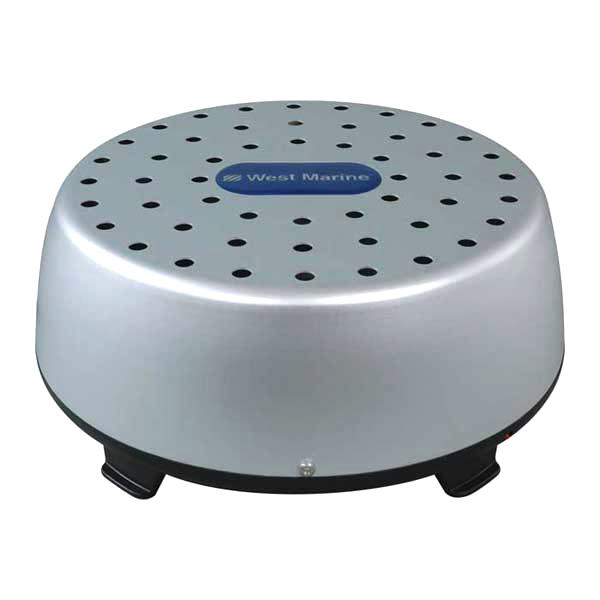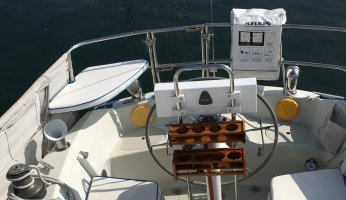Lately, Ive been scratching my head over Ericson's Dorade/Cowl vent system.
On the 32-3, there is a single dorade in front of the mast and two cowl vents at the stern. I think all are 3" diameter vents. However, when the boat is closed up, there are no vents or open air passages between the cabin (vented by the dorade) and the engine compartment (vented by the cowls).
Sure, while air can leak through cracks around cabinetry and doors/panels, a passive ventilation system needs easy passages for airflow (I would think an opening with at least the same area as a 3" dia. vent). It seems the only way to provide this in the 32-3 is to leave the under-sink cabinet door or the port-side engine access panel open. Otherwise, I don't see how passive ventilation is provided between the dorade and the cowls.
On the 32-3, there is a single dorade in front of the mast and two cowl vents at the stern. I think all are 3" diameter vents. However, when the boat is closed up, there are no vents or open air passages between the cabin (vented by the dorade) and the engine compartment (vented by the cowls).
Sure, while air can leak through cracks around cabinetry and doors/panels, a passive ventilation system needs easy passages for airflow (I would think an opening with at least the same area as a 3" dia. vent). It seems the only way to provide this in the 32-3 is to leave the under-sink cabinet door or the port-side engine access panel open. Otherwise, I don't see how passive ventilation is provided between the dorade and the cowls.
Last edited:






